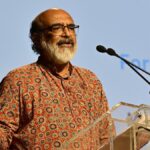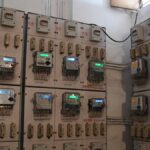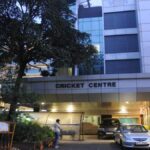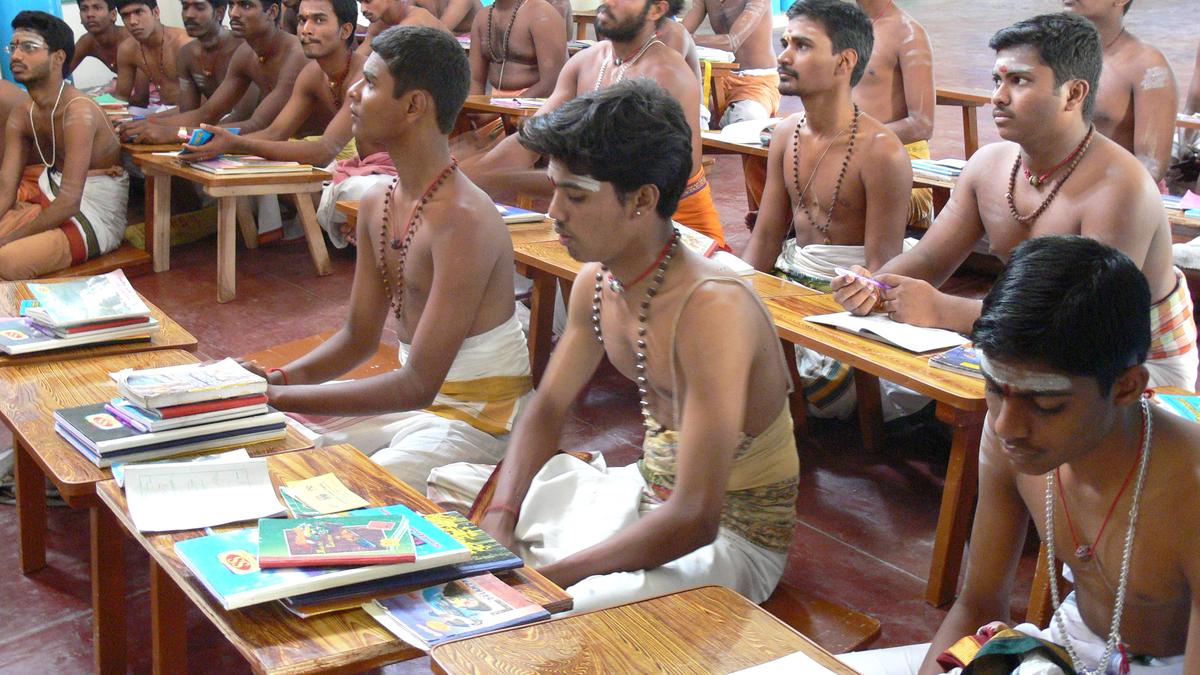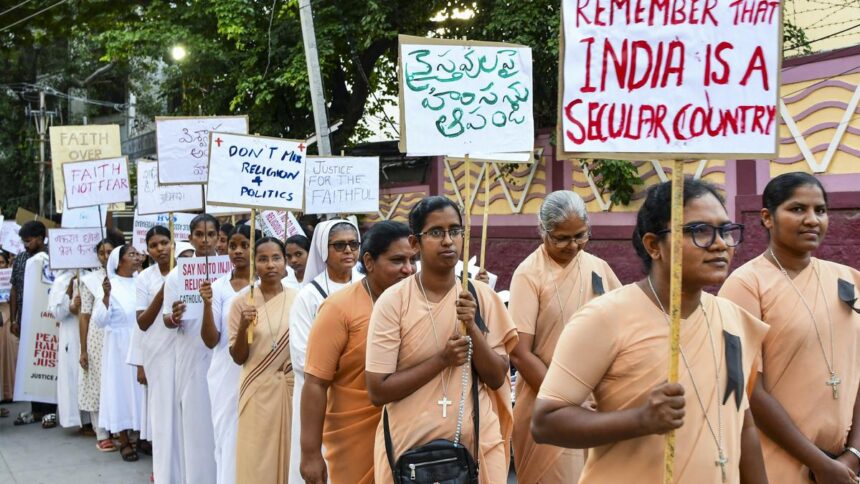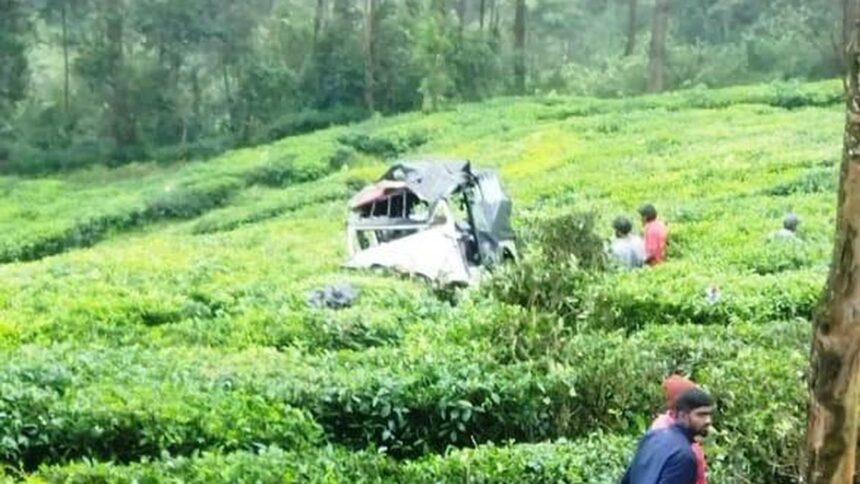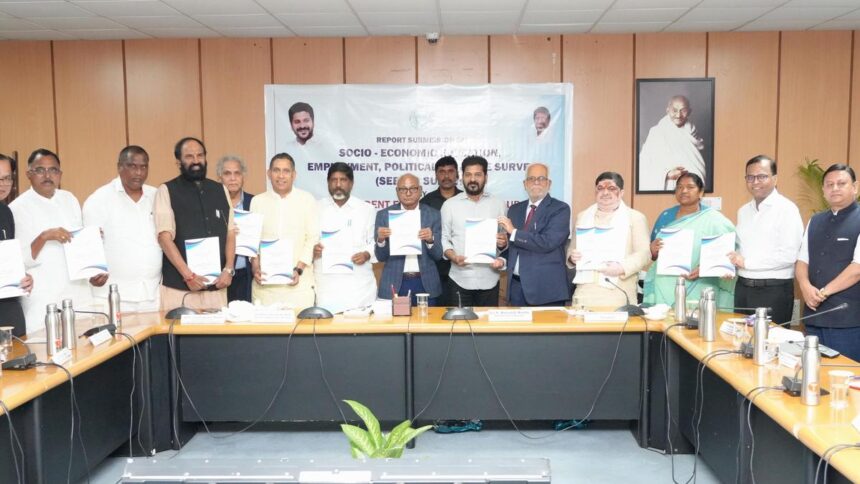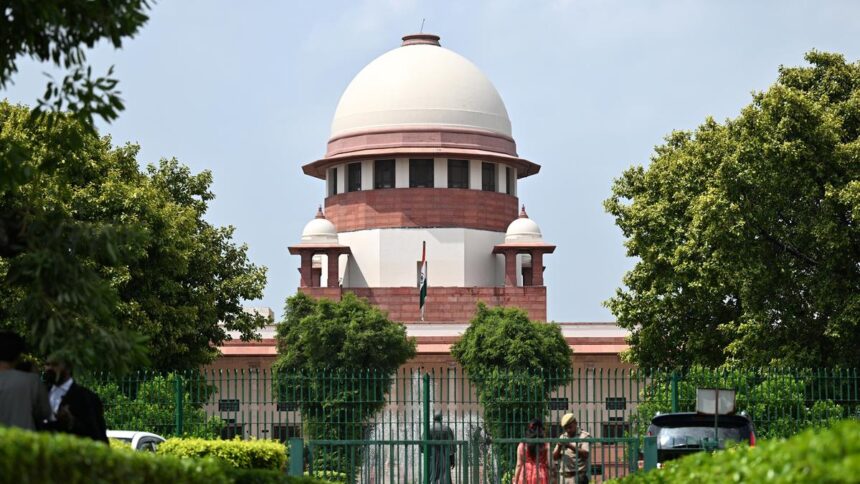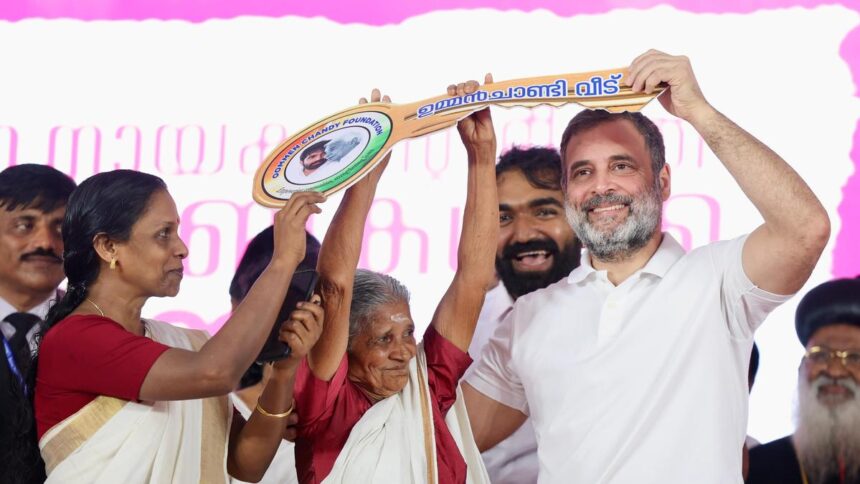Nearly 55 years ago, on December 2, 1970, the Tamil Nadu Legislative Assembly passed a historic amendment to the Hindu Religious and Charitable Endowments (HR&CE) Act, 1959, formally abolishing the hereditary priesthood system and opening the doors for qualified individuals from all castes to become temple priests.
However, the intent of this reform was not fully realised due to the absence of a clear framework and persistent legal challenges. Although the amended provisions came into effect the following year, no enabling mechanism was put in place to ensure the appointment of trained Archakas (temple priests). The matter continued to face judicial scrutiny until the Supreme Court, in its 2002 ruling in the N. Adithayan vs Travancore Devaswom Board case, held that caste-based restrictions on the appointment of Archakas were unconstitutional, emphasising that only qualification and training should determine eligibility.
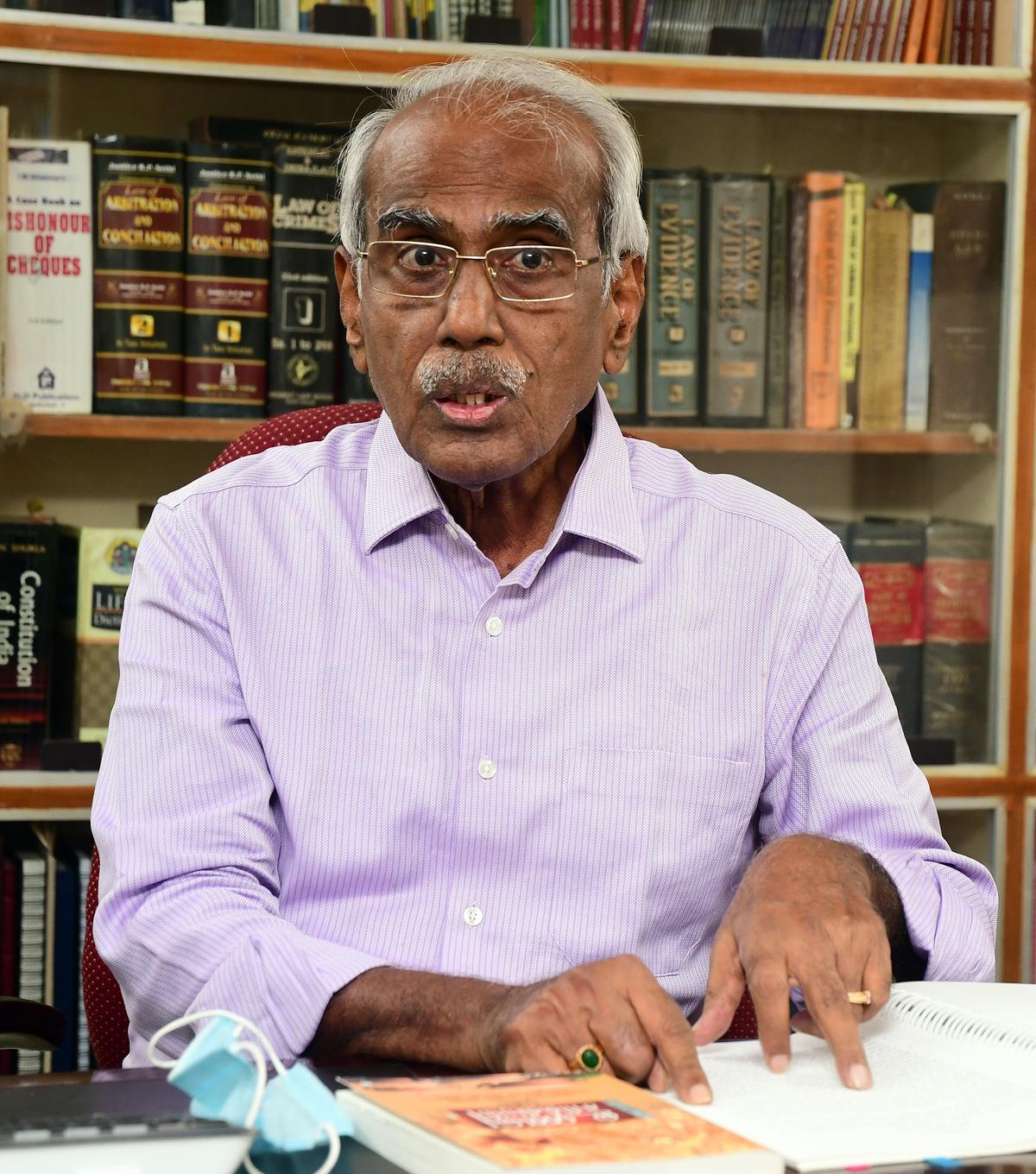
Retired Justice A.K. Rajan
| Photo Credit:
K. Pichumani
On May 23, 2006, soon after the M. Karunanidhi government was formed in Tamil Nadu, it chose to act on this Supreme Court order. The government issued an order allowing any Hindu, regardless of caste, to become an Archaka in temples administered by the HR&CE department, provided they had the required training. To implement this order, it constituted a seven-member high-level committee on June 10, 2006, under the chairmanship of Justice (Retired) A.K. Rajan. The committee was tasked with framing recommendations regarding the age and education criteria, syllabus design, training duration, and suitable locations for setting up Archaka training institutes.
Course of action
The committee undertook an extensive consultative process. It held regular meetings, engaged with heads of various Mutts and Agama scholars, and studied the functioning of private training centres. Field visits to major temples were conducted to interact with practising Archakas and gather insights. The committee also reviewed the legal provisions governing Archaka appointments. It noted that while the HR&CE Act, 1959, does not lay down specific qualifications for the post, Rule 12 of the Tamil Nadu Hindu Religious Institutions (Officers and Servants) Service Rules provides guidance for such appointments.
The committee also referred to a series of Supreme Court judgments, including the Seshammal case (1972), Narayana Dikshitalu case (1996), and Adithayan case (2002), that affirmed the primacy of Agamic rules in temples constructed or maintained according to Agamic traditions.
The committee extensively examined various Agamas and observed in its review that nowhere in the Agamas, it is stated that only persons of a particular caste can perform pujas. There is no authority supporting caste-based restrictions on who can serve as Archakas in Saivite, Vaishnavite, or Amman temples. Pointing out that a particular caste or descendants of a particular caste had been performing pujas in the past, it cannot be said that they alone have the right to perform pujas, the committee observed, adding the essential qualification for an Archaka is knowledge of Agama practices specific to the temple, the correct method of performing rituals (including daily and special poojas), and mastery of the required mantras.
Eligibility criteria
Proficiency in temple procedures, from opening to closing, is considered the core eligibility criterion. However, the committee observed that denominational alignment remains necessary. It said only Saivites should serve in Saivite temples and Vaishnavites in Vaishnavite temples.
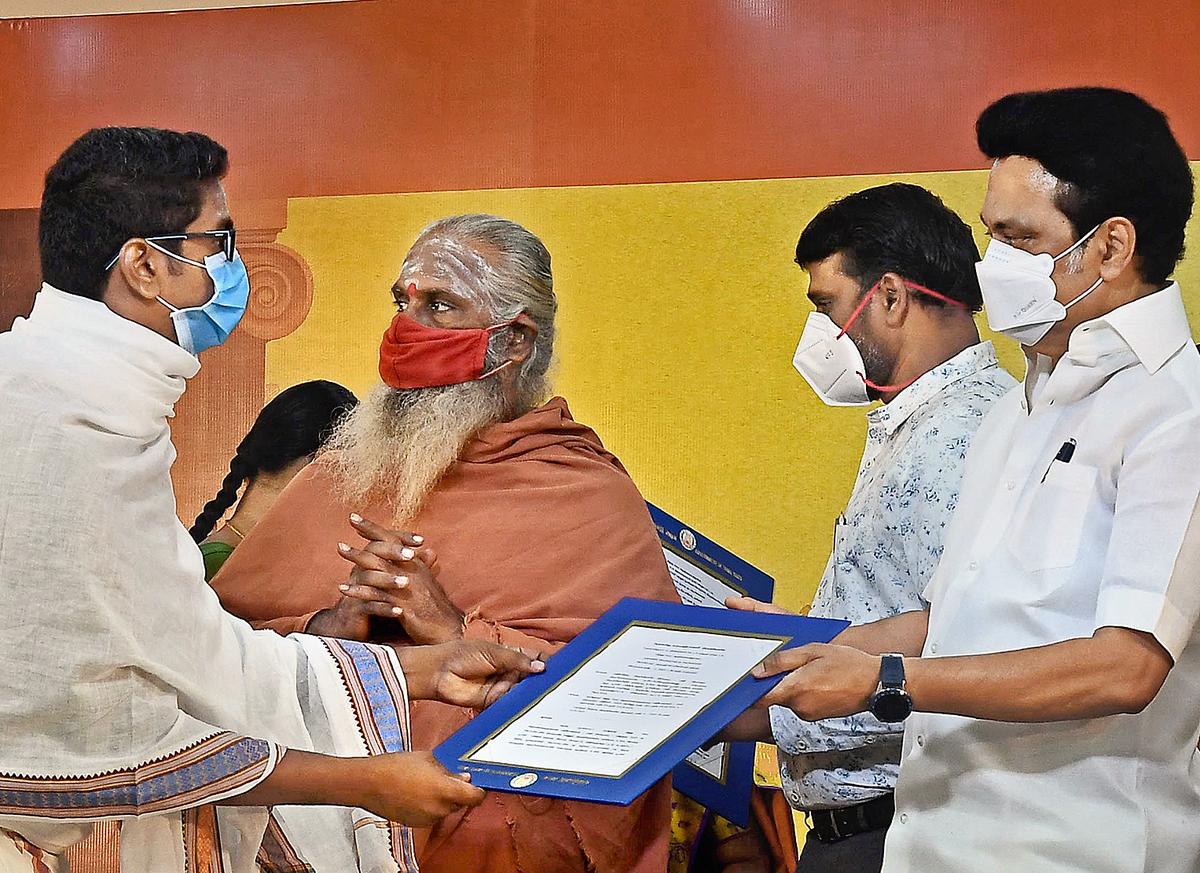
Tamil Nadu Chief Minister M.K. Stalin distributing appointment orders to Archakas of all castes at a function in Chennai in September 2021
| Photo Credit:
K.V. Srinivasa
The committee laid down elaborate eligibility criteria for Hindus from all castes to be appointed as Archakas. It suggested that candidates seeking admission to Archaka training centres should be between 14 and 24 years of age and have completed Class VIII to serve in HR&CE managed temples. A separate training institute was proposed for individuals above 24 years to facilitate them in undergoing training to serve in temples outside the HR&CE control. They should have completed Class V.
The committee recommended establishing Saivite training centres in Chennai, Madurai, Palani, Tiruchendur, Kumbakonam, Thiruvannamalai, and Perur. Vaishnavite centres were proposed for Chennai, Srirangam, Kancheepuram, Alagarkoil (Madurai), and Srivilliputhur. A special centre for trainees above 24 years of age was suggested at Tiruchirapalli. A one-year training course would qualify candidates to serve as basic Archakas in small temples or assistants in larger temples. A more advanced three-year course would be required to perform elaborate rituals and special pujas.
Saivite Archakas will be classified as Archaka, Gurukal, and Senior Gurukal, while Vaishnavite Archakas as Bala Pattar, Pattar, and Pattacharyar. Those with one-year training may serve as Archakas/Bala Pattars in small temples or assist in larger temples under senior guidance. Three-year trained individuals may serve as Gurukals/Pattars, handling all rituals under the supervision of senior Archakas. Senior Gurukal/Pattacharyar will be a promotional post, based on experience and seniority. Trainees must maintain strict discipline, including vegetarianism, abstention from alcohol, and wearing simple white attire or a standard uniform during the training period, the committee said.
The syllabus proposed by the committee includes training in Agamic procedures, Tamil devotional literature, Grantham, astrology, temple duties, and social values. The curriculum prioritises Tamil as the language of worship and instruction, while ensuring that Sanskrit texts are translated and taught. Training modules would be tailored for one-year, three-year, and refresher courses with a focus on practical ritual performance.
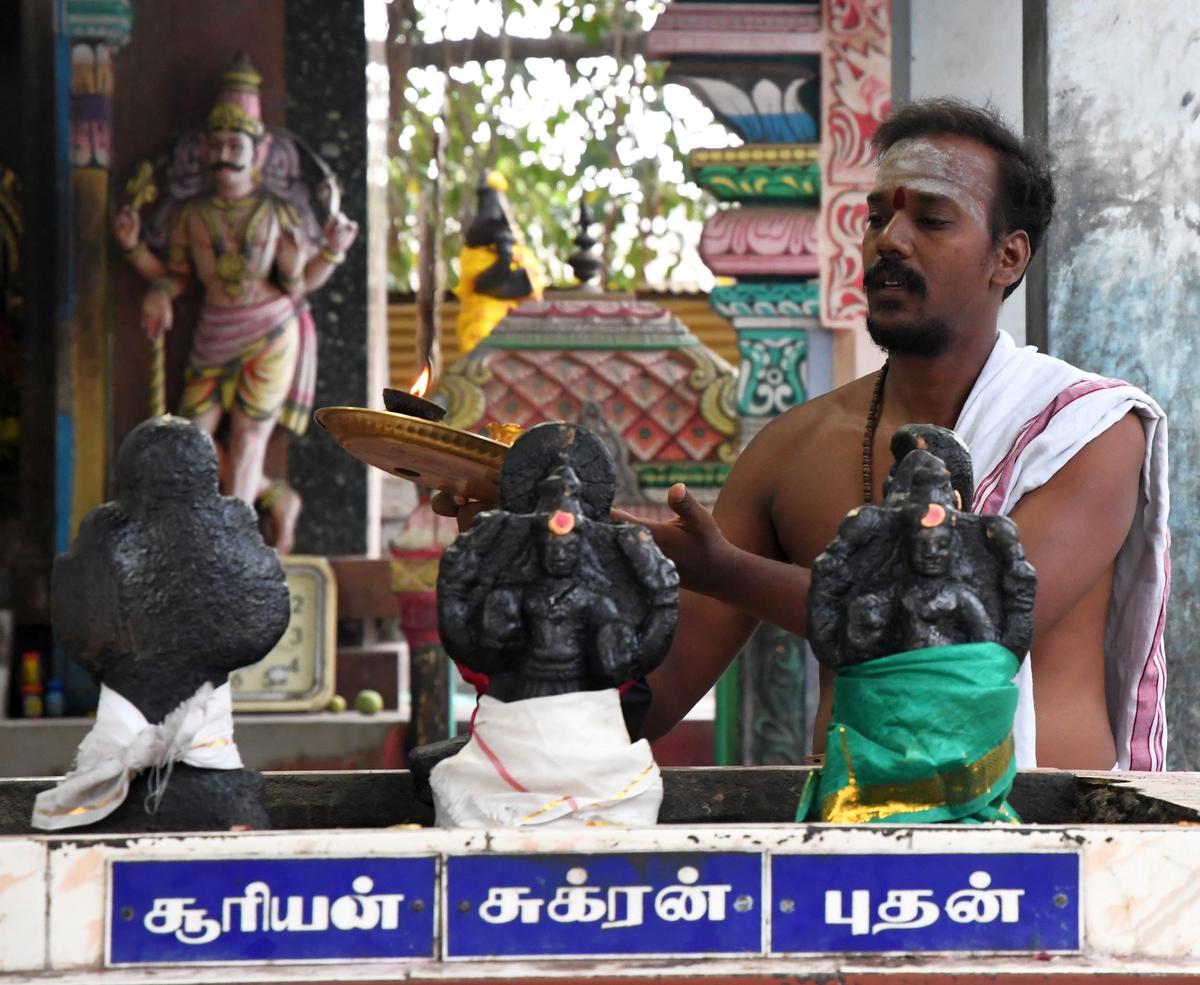
T. Marichamy was the first among 205 men who underwent a course providing a ‘junior priest certificate’ in 2007, to be appointed as a priest by the HR&CE department
| Photo Credit:
G. Moorthy
Examinations will be conducted annually by the Commissioner for one-year, three-year, and refresher courses, with separate patterns for Saivite and Vaishnavite sections. Certificates and degrees issued will qualify candidates for appointment as Archakas in HR&CE-managed temples, including those from recognised private institutions. Existing Archakas without formal certification need only complete the refresher course to continue service, the committee said. It also insisted that admissions must follow the communal reservation policy of the Tamil Nadu government. To support trainees aged below 24 years, the committee recommended a monthly stipend of ₹500, along with food, uniforms, and accommodation, free of cost.
Following the committee’s report, between 2007 and 2008, 206 individuals from various castes were trained as priests for major Saivite and Vaishnavite temples. However, the training programme was discontinued after the first batch graduated. Nearly a decade later, T. Marichamy became the first among the trained priests to be appointed by the HR&CE department, taking charge at the Ayyappan Temple in Tallakulam, Madurai.
Published – July 09, 2025 07:00 am IST



